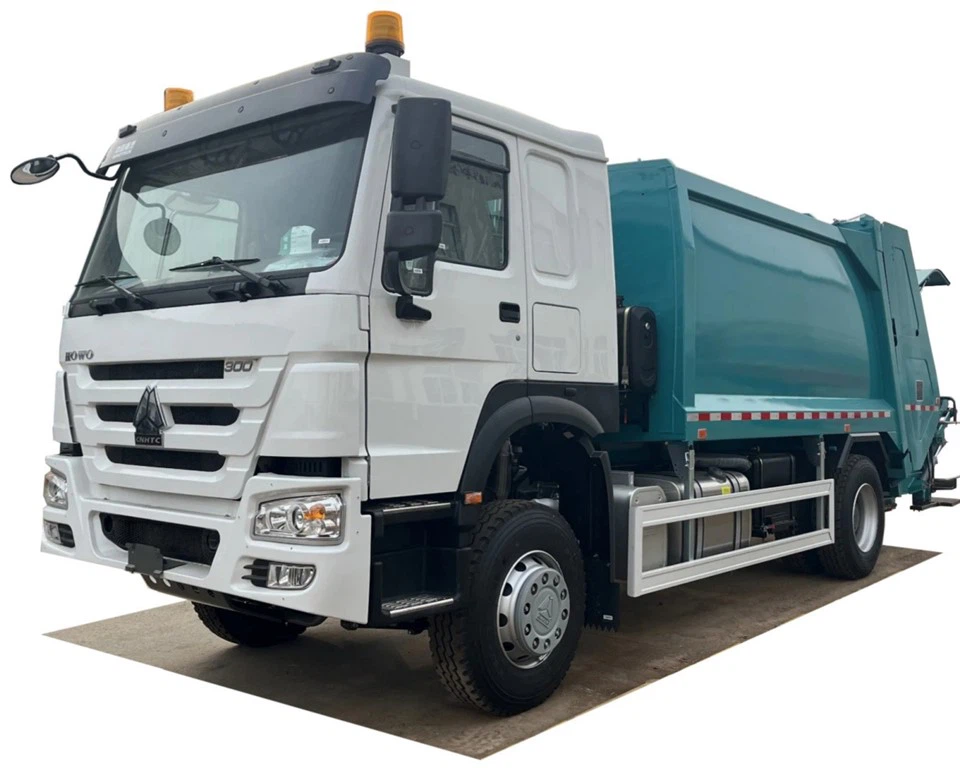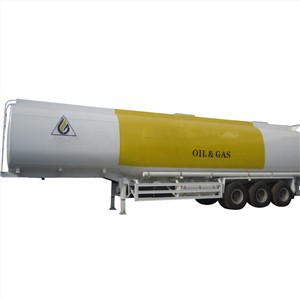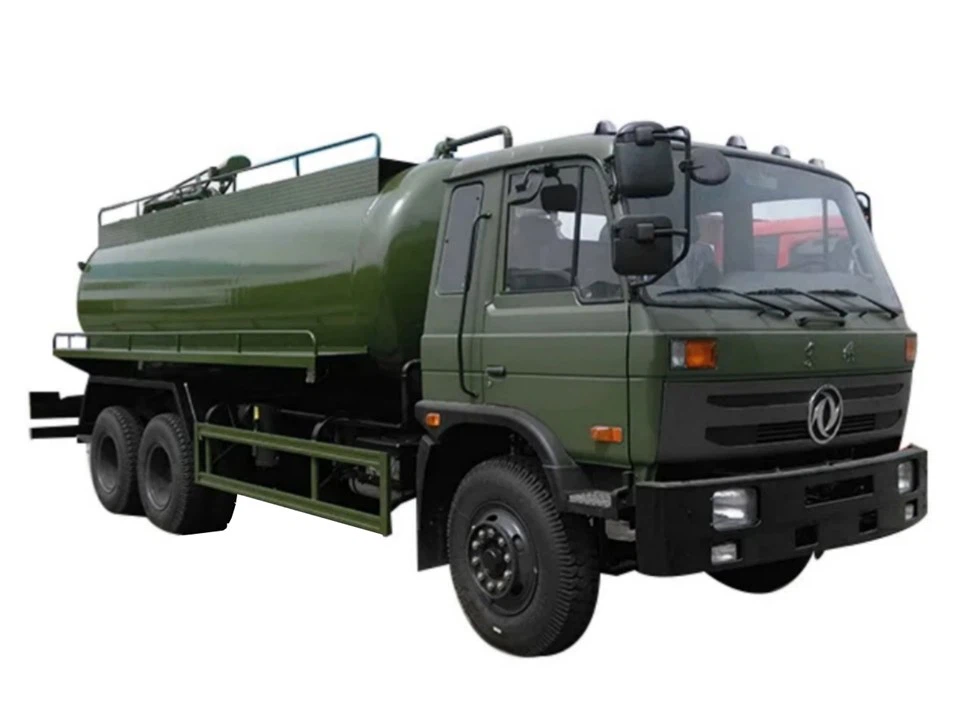Water Bowsers: The Essential Guide to Efficient Water Transport

Introduction
Water bowsers are versatile vehicles designed to transport large quantities of water from one location to another. They play a crucial role in various industries, including construction, agriculture, firefighting, and event management. In this comprehensive article, we delve into the types, benefits, applications, and maintenance of water bowsers, along with practical tips and insights. Whether you are a business owner, a contractor, or a city planner, understanding the role and functionality of water bowsers is essential for efficient water management.
What is a Water Bowser?
A water bowser is essentially a tanker trailer specifically designed for carrying water. They can be towed by vehicles or mounted on trucks, varying in size and capacity depending on their intended use. Most water bowsers are equipped with a pump system, making it easier to distribute water where needed.
Types of Water Bowsers
Water bowsers can be categorized into several types based on their design, purpose, and features:
1. Agricultural Water Bowsers
Designed for farm use, these bowsers are ideal for irrigation, livestock needs, and field cleaning. They often come with sprayer attachments for better distribution.
2. Construction Water Bowsers
Used at construction sites for dust suppression, compaction, and site cleaning, these bowsers are sturdy and can carry large volumes of water to meet construction demands.
3. Fire Service Water Bowsers
These bowsers are specifically designed for emergency services. Equipped with firefighting pumps, these units can quickly distribute large amounts of water during a blaze.
4. Event Water Bowsers
Often seen at festivals and outdoor events, these bowsers provide a reliable water supply for sanitation and drinking purposes, supporting large gatherings where access to potable water may be limited.
Benefits of Using Water Bowsers

Water bowsers offer numerous advantages for businesses and organizations that rely on water transport. Here are some key benefits:
1. Efficient Water Distribution
Water bowsers enable quick and efficient distribution of water, saving time and manpower in various operations.

2. Versatility
Their adaptability allows usage in many contexts, from construction sites to agricultural fields and emergency response scenarios.
3. Improved Water Management
Using a water bowser can significantly enhance water management practices by ensuring a steady supply during critical periods.
4. Cost-Effective
Investing in a water bowser can reduce costs associated with water shortages or emergency services, ultimately leading to long-term savings.
Applications of Water Bowsers
Water bowsers are employed across various sectors due to their flexibility and functionality:
1. Agriculture
Farmers utilize water bowsers for irrigation, supplying water to crops, especially during dry spells. This ensures sustainable farming practices and crop health.
2. Construction
In construction, water bowsers are essential for dust control, ensuring a safer working environment and complying with health regulations.
3. Firefighting
Water bowsers assist firefighters by providing immediate access to water needed for extinguishing fires, particularly in remote areas.
4. Events and Festivals
At large gatherings, water bowsers are vital for supplying drinking water and maintaining sanitary conditions through accessible restroom facilities.
Choosing the Right Water Bowser
When selecting a water bowser, consider the following factors:
1. Capacity
Evaluate the amount of water required for your operations, as bowsers come in different sizes—from small, portable models to large-capacity vehicles.
2. Traction and Mobility
Ensure that the water bowser is compatible with your existing vehicle or machinery for effective transportation and mobility.
3. Pumping System
Check the type and capacity of the pump to ensure that it meets your requirements for water distribution.
4. Material and Durability
Material quality directly influences the lifespan of the water bowser. Opt for robust construction that can withstand harsh conditions.
Maintenance Tips for Water Bowsers
Proper maintenance extends the lifespan and efficiency of water bowsers. Here are some essential tips:
1. Regular Cleaning
Frequent cleaning of both the exterior and interior surfaces helps prevent sediment buildup and ensures hygiene, especially for potable water applications.
2. Inspecting the Pump
Regularly check the pump and hoses for leaks or damages. Maintaining the pump ensures optimal water pressure and flow during operations.
3. Tire Maintenance
Ensure proper tire pressure and tread wear to prevent accidents and to improve fuel efficiency during transport.
4. Seasonal Checks
Conduct thorough inspections before seasonal use, particularly before peak seasons for agriculture or events that require water supply.
Water Bowser Innovations and Technologies
Emerging technologies are enhancing the capabilities of water bowsers, making them more efficient and user-friendly. Key innovations include:
1. GPS Tracking
Many bowsers now feature GPS tracking for real-time monitoring of water levels and location, improving logistics and operational efficiency.
2. Automated Systems
Automated pumping systems can be programmed for precise water distribution, reducing labor costs and increasing output efficiency.
3. Eco-Friendly Designs
Innovative designs focus on reducing the environmental impact, including vehicles that run on alternative fuels and tanks that prevent water contamination.
Regulatory Considerations
When operating water bowsers, it’s essential to adhere to local regulations regarding water use, especially for potable water. Key considerations include:
1. Water Quality Standards
Ensure compliance with local health regulations regarding the quality of water supplied, particularly for drinking purposes.
2. Delivery and Distribution Laws
Be aware of laws governing water transportation and distribution, especially for commercial operations.
3. Fire Service Requirements
Familiarize yourself with regulations concerning firefighting equipment, as water bowsers used for emergencies must meet specific standards.
Cost Analysis of Water Bowsers
The costs associated with water bowsers can vary significantly based on several factors such as size, type, and features. Below is an overview of typical costs:
| Type of Water Bowser | Capacity (Liters) | Average Cost ($) |
|---|---|---|
| Agricultural | 1000 – 5000 | 3,000 – 15,000 |
| Construction | 3000 – 10000 | 5,000 – 20,000 |
| Fire Service | 2500 – 8000 | 8,000 – 25,000 |
| Event Management | 1000 – 3000 | 2,500 – 10,000 |
FAQs about Water Bowsers
1. What size water bowser do I need for my project?
The size of the water bowser you need depends on the volume of water required for your specific project. For smaller operations, a 1000-3000 liter bowser may suffice, while larger projects may require up to 10000 liters or more.
2. Can I use a water bowser for drinking water?
Yes, but ensure the water bowser is designed to meet health and safety regulations for potable water transport to avoid contamination.
3. How do I maintain a water bowser?

Regularly clean the bowser, inspect the pump and hoses, check tire maintenance, and perform seasonal checks before usage.
4. Are water bowsers eco-friendly?
Many manufacturers are producing eco-friendly water bowsers that use alternative fuels and are designed to minimize water contamination.
5. How can I rent or buy a water bowser?
You can buy or rent a water bowser from various suppliers depending on your needs. Research local dealerships and online platforms for options.
6. What safety features should I look for in a water bowser?
Look for features such as durable construction, proper ventilation, good braking systems, and any specific safety certifications that ensure compliance with industry standards.
